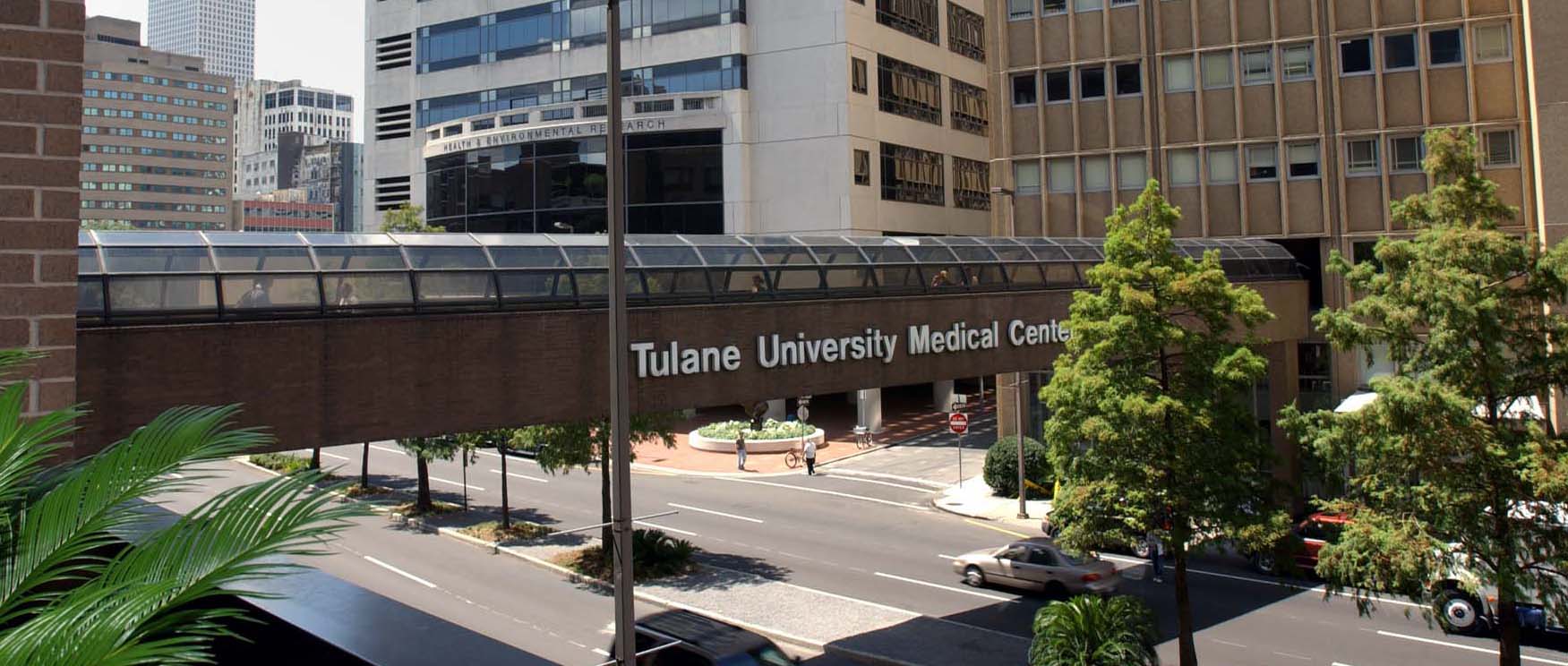Visit our channel regularly for medical procedure explanations, news of innovative procedures, trends in medical research and education, and more. For all of our latest videos, see Tulane Urology’s Youtube Channel.
Kidney
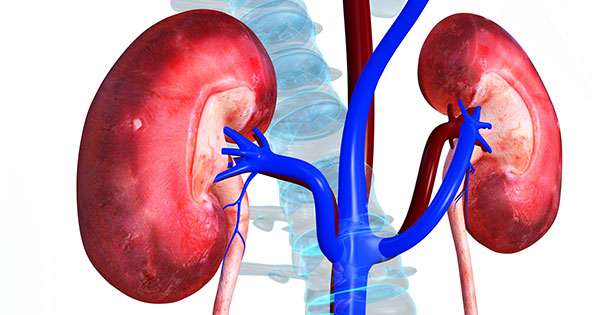
Nephrectomy is a surgical procedure to remove all or part of a kidney: Complete nephrectomy: During a complete (radical) nephrectomy, the surgeon removes the entire kidney. Partial nephrectomy: In a partial nephrectomy, the surgeon removes diseased tissue from a kidney and leaves healthy tissue in place.
Bladder
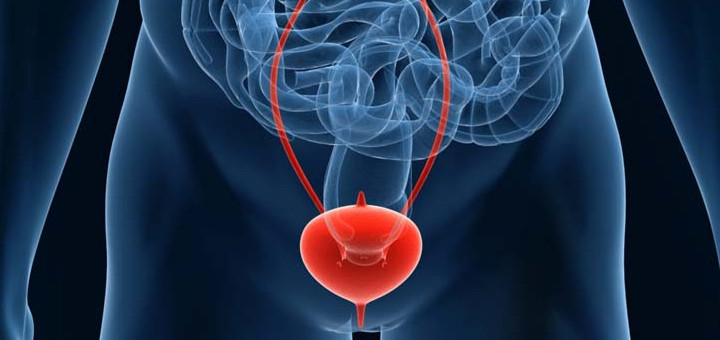
If you have severe symptoms of stress urinary incontinence or overactive bladder, surgery may provide a permanent solution to your problems. The surgical options available to you depend on the type of urinary incontinence you have. Most options for urinary incontinence surgery treat stress incontinence. However, low-risk surgical alternatives are available for other bladder problems such as overactive bladder, which is also known as urge incontinence or urgency-frequency syndrome.
Prostate
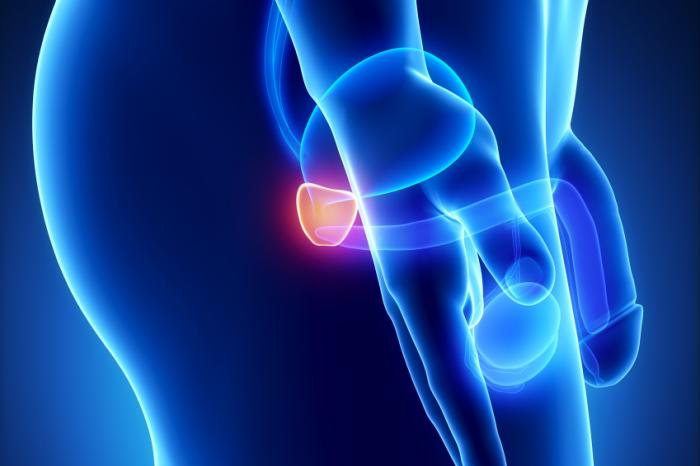 Prostatectomy includes a number of surgical procedures to remove part or all of the prostate gland. The prostate gland is situated in the lower abdomen of men, below the urinary bladder. It surrounds the urethra, which carries urine from the bladder to the penis.
Prostatectomy includes a number of surgical procedures to remove part or all of the prostate gland. The prostate gland is situated in the lower abdomen of men, below the urinary bladder. It surrounds the urethra, which carries urine from the bladder to the penis.
Reconstruction
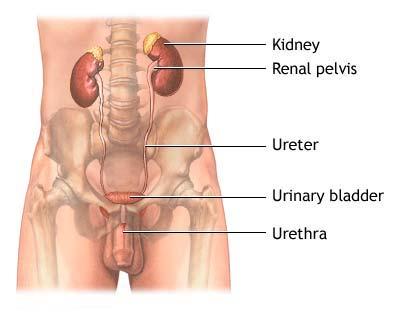 Reconstructive urology surgery can help patients with conditions such as birth defects, cancer, neurological disorders, male and female incontinence, and strictures. A stricture is a region of narrowing in the urethra that is usually made up of scar tissue. Strictures occur much more commonly in men than in women. They may occur congenitally after trauma to the urethra or after a severe bout of urethral inflammation due to an infection.
Reconstructive urology surgery can help patients with conditions such as birth defects, cancer, neurological disorders, male and female incontinence, and strictures. A stricture is a region of narrowing in the urethra that is usually made up of scar tissue. Strictures occur much more commonly in men than in women. They may occur congenitally after trauma to the urethra or after a severe bout of urethral inflammation due to an infection.

